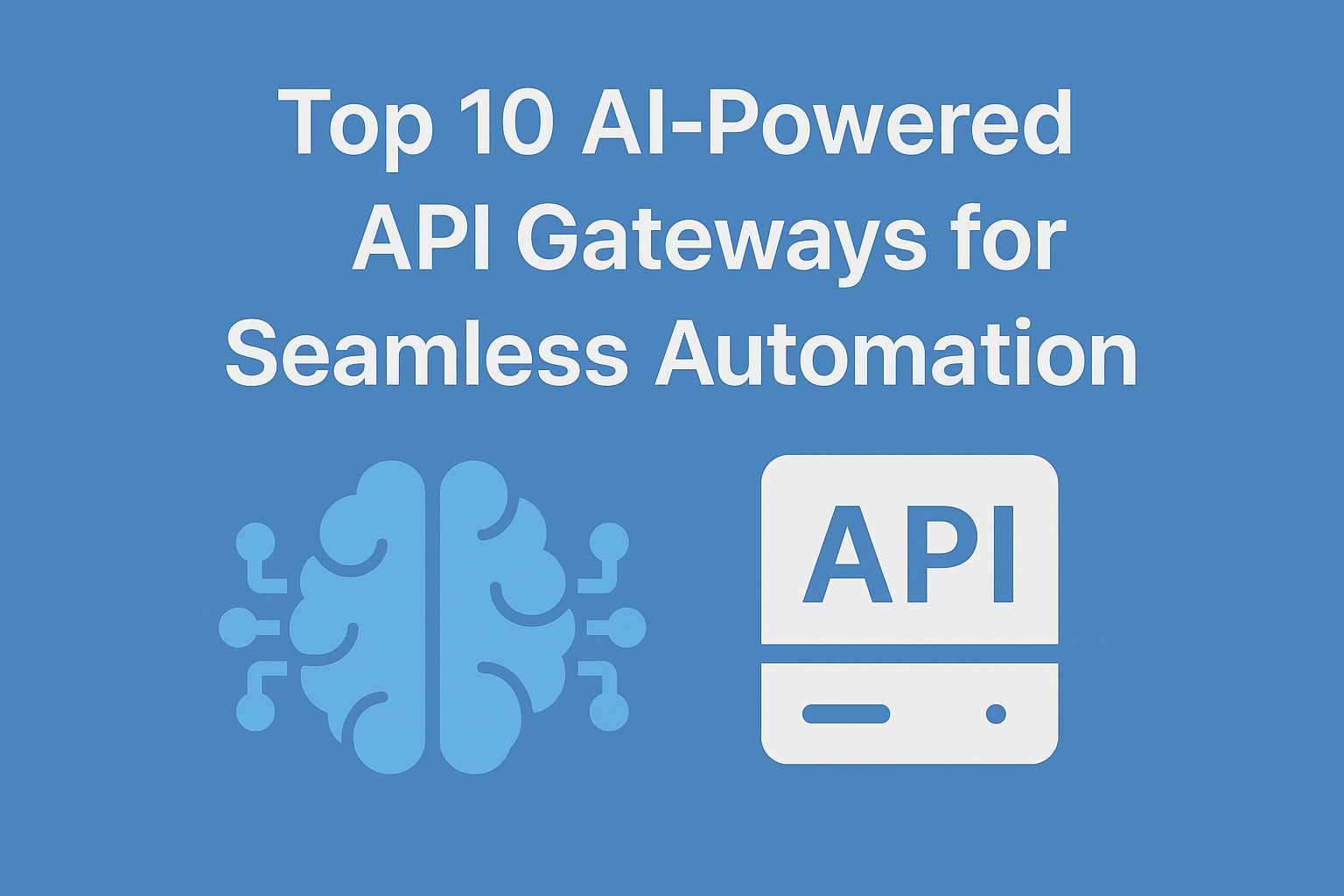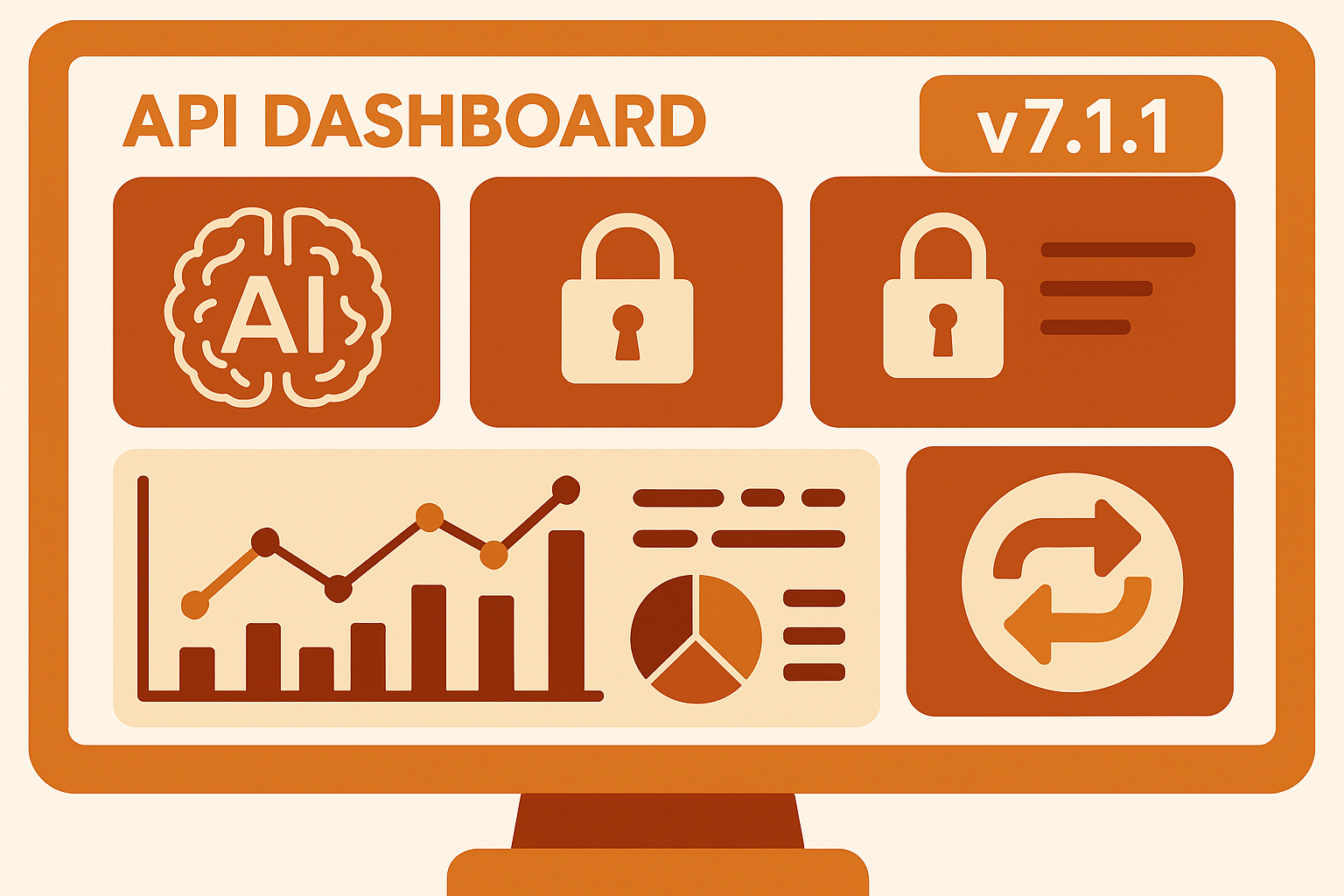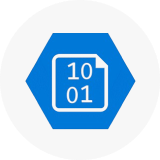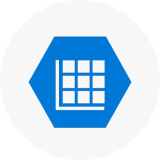
DreamFactory, API Automation, GDPR, Data Security, HIPAA, Risk Assessment, Regulatory Compliance, Hybrid Data Integration, Data Governance
Regulatory Compliance in Hybrid Data Integration
Managing regulatory compliance in hybrid data integration requires robust planning, automation, and governance to navigate regulations effectively.
by Kevin McGahey • July 18, 2025

API Gateways, Monitoring, Zero Trust, compliance, Data Protection, LLM Security
Zero‑Trust for LLMs: Applying Security Principles Through DreamFactory’s Gateway
by Terence Bennett • July 17, 2025

API Gateways, DreamFactory, API Automation, API Security, REST APIs, AI Gateway
Automated API Generation with AI Gateways | DreamFactory
by Terence Bennett • July 16, 2025

security, DreamFactory, Generative AI, Data AI Gateways, Cost Management
The Missing Layer Between Your Data Warehouse and GenAI - Introducing the Data AI Gateway
by Kevin McGahey • July 15, 2025

API Gateways, DreamFactory, API Automation, ai, Automated APIs
Top 10 AI-Powered API Gateways for Automated Integration 2025 | DreamFactory
by Terence Bennett • July 14, 2025

API Management, security, DreamFactory, API Integration, Release Notes, Snowflake, AI Gateway, Analytics, Machine Learning, Trino
DreamFactory 7.1.1 Is Here: A New Era of Secure AI Data Access Begins
by Kevin McGahey • July 11, 2025

API Management, DreamFactory, Automation, Scalibility, Generative AI, Data AI Gateways, Edge AI
Beyond the Buzz: Predicting the Next Five Years of Data AI Gateways
by Kevin McGahey • July 10, 2025
























